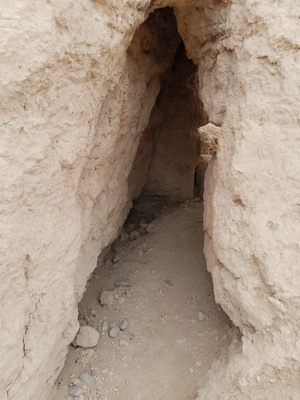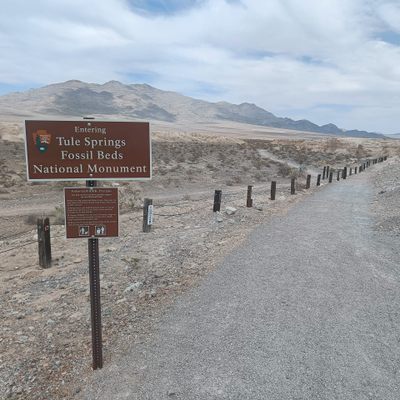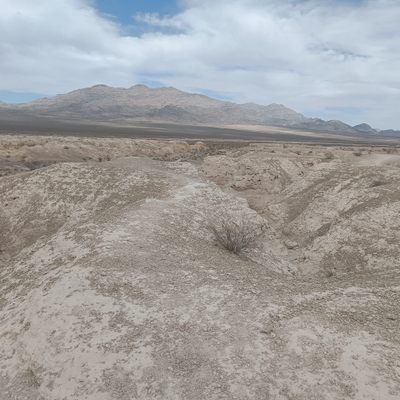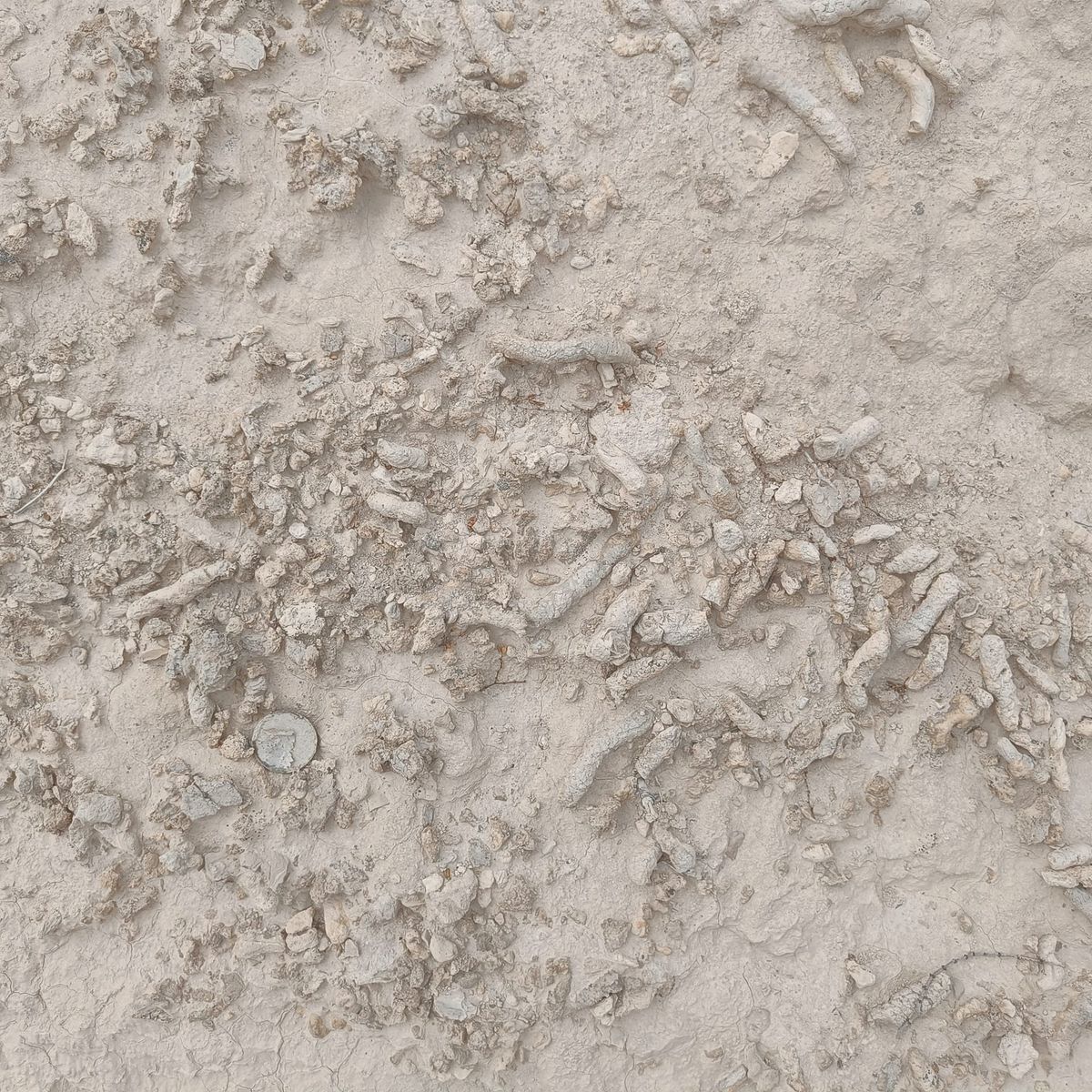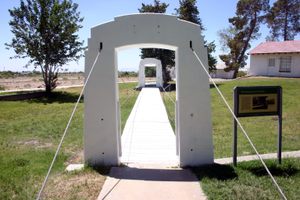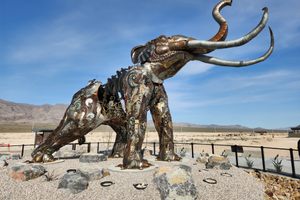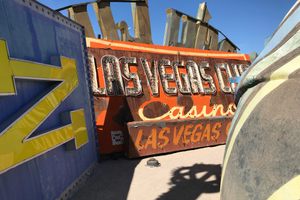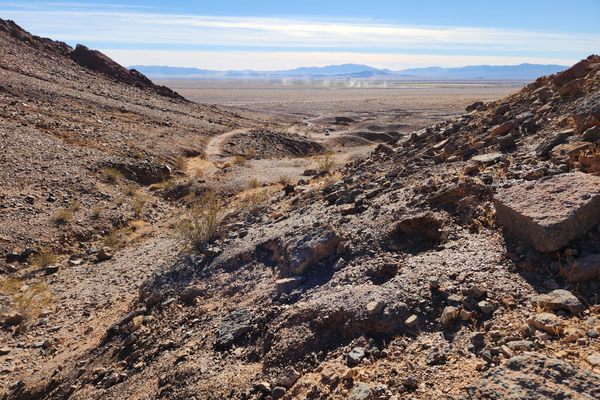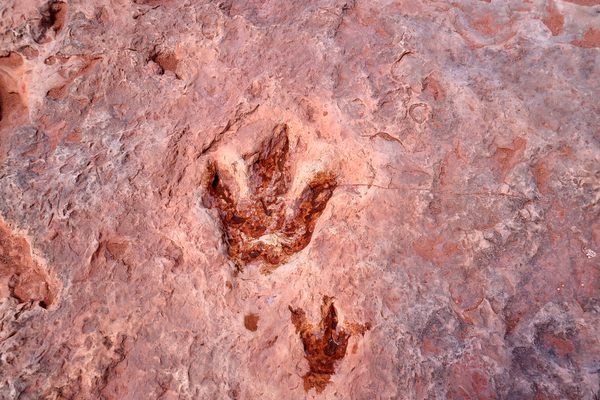About
Most of Nevada is a dry and arid place, making it difficult to imagine it as a lush jungle full of life. Nevertheless, this is exactly how it was in the late Pleistocene (Ice Age). The site was a wetland from about 100,000 to 12,500 years ago and supported a flourishing late Pleistocene animal population—not just mammoths, but camels, bison, ground sloths, and both the American lion and sabertooth cat, as well as still-extant species such as the coyote and jackrabbit.
After this the wetlands vanished as the climate dried and warmed at the end of the Pleistocene, and as the area began to erode by drainage working upstream from the Colorado River. Evidence can be found in fossil beds and through fossilized (petrified) trees that are found all over the place, but one of the largest collections can be found in a lake bed deposit northwest of Las Vegas.
The first fossils in the area were discovered in 1933, when mammoth bones were dug up by quarry workers, drawing the attention of paleontologists. Several decades later in the 1960s, the site became the location of a major paleontological survey that was carried out by the Nevada State Museum.
The dig yielded hundreds of specimens. The trenches that were dug during this expedition were over a mile long and the uncovered fossils became the subject of the first-ever radiocarbon dating program in the United States.
The site was finally protected as a National Monument in 2014 and paleontological investigations continue, as much of the site remains untouched. Unfortunately, there are no fossil displays at the national monument. There are plans, however, to set up a permanent display at the Nevada State Museum in Las Vegas. There are also displays at the nearby, and newly opened, Ice Age Fossils State Park.
Related Tags
Know Before You Go
The area is freely accessible, but please stay on the path and do not disturb the site as you could damage any uncovered fossils.
Published
October 4, 2022




